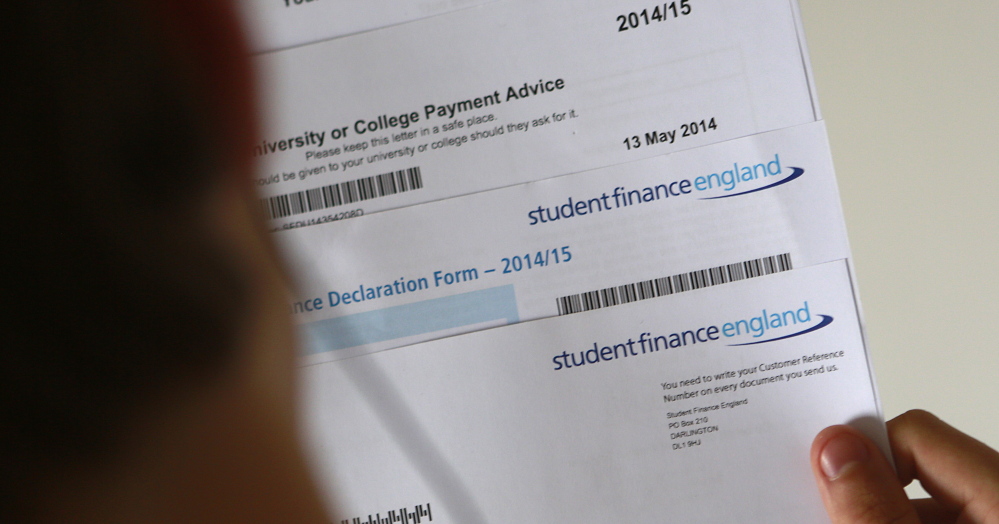The federal student loan bill introduced this week by Sen. Angus King, I-Maine, would simplify the repayment options available to recent college graduates and close a loophole that unnecessarily forgives student debt. It’s a good first step for lessening the debt load on borrowers and cutting the risk to lenders, who in the case of federal student loans are U.S. taxpayers.
Still, more must be done to address the increasing number of students who leave school with debt but without a degree, and who are at greater risk to default on loans, to the detriment of everyone involved.
King’s plan, co-sponsored by Sen. Richard Burr, R-North Carolina, whittles the 12 repayment options now available down to two: a 10-year fixed repayment schedule and an income-based repayment option limited to 15 percent of the person’s discretionary income.
TWO WAYS TO PAY
Under the income-based repayment plan, loans of less than $57,500 would be forgiven after 20 years, while loans for more than $57,500 would be forgiven after 25 years.
The bill also would recalculate the repayment level regularly, so that the amount owed increases as income does, so that borrowers in high-income positions continue to pay the amount they can afford.
Now, those payments are locked in at the lower amount, and taxpayers foot the leftover amounts when and if the loans are ultimately forgiven.
Together, those actions would give borrowers a predictable, affordable repayment schedule. It would make sure they are paying what they can, and it would likely cut down on the number of taxpayer-backed student loans that go into default.
But they don’t get at what’s driving the so-called student loan crisis.
Despite the rising costs, college is still well worth the time, with graduates earning an all-time high of 98 percent more per hour than everyone else in 2013, according to the Department of Labor. So it makes sense that more people than ever are borrowing for college – on the average, it is better to have a college degree and debt than no college degree and no debt, even if you end up with a job that technically does not require a degree.
But at the same time, more people are dropping out of college, and those people are left with staggering debt but without the income to repay it. In fact, college dropouts default on student loans four times as often as graduates.
TAXPAYERS EXPOSED
That’s a financial disaster for the borrower, and because the loans are guaranteed by the federal government, it’s a hit on taxpayers, as well.
Any plan aimed at addressing student loan debt has to address this population.
That could include increased public funding for colleges and universities, so students don’t have to work as much during school, or don’t have to rely so heavily on loans that they feel buried after just a year or two, both of which are factors frequently cited by dropouts.
It also could include better mentoring and other forms of support for students selecting a school. Too many students get drawn in to an expensive, often for-profit school before finding it doesn’t fit their ambitions or budget.
Making sure student borrowers are never swamped by ridiculously high monthly payments is important, so graduates have the breathing room they need.
But it is also important, to both the borrowers and taxpayers, to make sure that when possible, the debt isn’t accrued at all.
Copy the Story LinkSend questions/comments to the editors.



Success. Please wait for the page to reload. If the page does not reload within 5 seconds, please refresh the page.
Enter your email and password to access comments.
Hi, to comment on stories you must . This profile is in addition to your subscription and website login.
Already have a commenting profile? .
Invalid username/password.
Please check your email to confirm and complete your registration.
Only subscribers are eligible to post comments. Please subscribe or login first for digital access. Here’s why.
Use the form below to reset your password. When you've submitted your account email, we will send an email with a reset code.